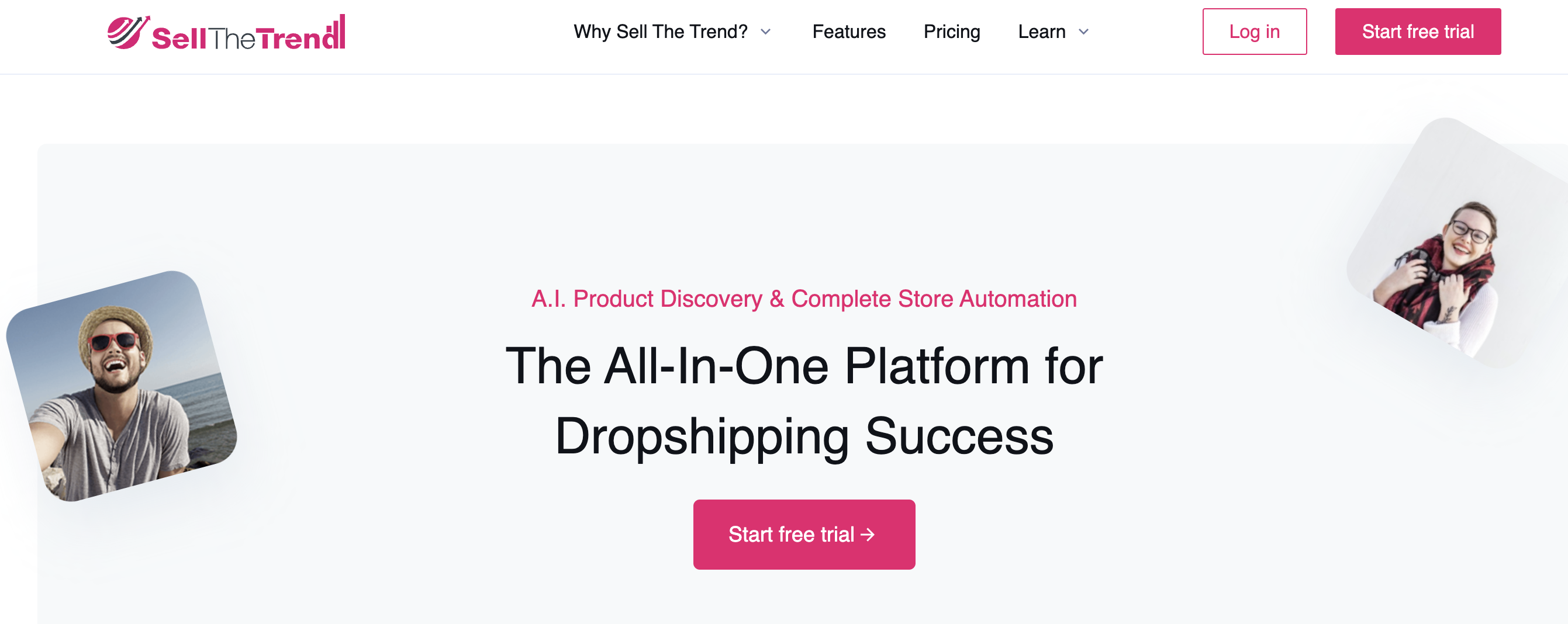Breaking Into Ecommerce with Zero Capital: The Dropshipping Advantage
Explore How to Start Your Ecommerce Venture for Free Using Dropshipping and Why It’s an Attractive Option for Beginners

There are limited options for entrepreneurs looking to get started selling on Amazon with little to no money.
Retail arbitrage involves buying discounted products from retail stores and reselling them on Amazon at a higher price. Similar to retail arbitrage, online arbitrage involves purchasing products from online retailers and reselling them on Amazon.
But dropshipping, a third option, is the only one that makes it possible for online sellers to avoid opening their wallets until they’re sure that someone is committed to purchasing a product.
Can you say zero start up costs? When it comes right down to it, starting an ecommerce business for FREE has a pretty good ring to it.
Thinking About Hiring an Amazon Management Agency?
Canopy’s Partners Achieve an Average 84% Profit Increase!
Let’s talkWhat is Dropshipping?
Dropshipping is an ecommerce business model where sellers don’t keep the products they sell in stock. Instead, when a dropshipper sells a product, it purchases the item from a third party—usually a wholesaler or manufacturer—who then ships it directly to the customer.
This way, the seller doesn’t have to handle the product directly. The main advantages of dropshipping include lower overhead costs due to not needing to purchase inventory or manage a warehouse, and the flexibility to offer a wide array of products without significant upfront investment.
Why Start Dropshipping?
Free (or close to it) to get started, is a pretty good reason to get started. It’s a trend that might help you to future proof your ecommerce business.
Working with a third party, as a dropshipper you can quickly set up an online store to connect with an incredible selection of high-quality products from suppliers around the world.
If free isn’t enough to get your interest, here are a few more reasons why a lot of Amazon sellers get started with dropshipping:
Low Overhead
All the traditional Amazon sellers’ worries of sourcing stock, and hiring employees to help fulfill those orders are no more. In addition, if you’re dropshipping you don’t have to worry about:
- Paying for an expensive warehouse (or Amazon’s FBA storage fees)
- Packing and shipping orders
- Handling returns and inbound shipments
Flexible location
You can run your dropshipping empire from anywhere with an internet connection. All you need to do is make sure to align with your suppliers and follow up with customers.
An Almost Unlimited Selection of Products to Sell
All the time that a traditional Amazon seller spends sourcing component parts for their finished product, dropshippers can use to build their business. Without the obligation to pre-purchase the items you sell, dropshippers can quickly pivot and follow the trends of the moment!
Dropshipping Allows You to Run Inexpensive Product Testing
How many times have you been right the very first time about anything? A traditional Amazon seller would love to be able to run a variety of A/B and other tests to determine the viability of prospective products were it not for one big thing, money.
Dropshippers can run an almost unlimited number of tests using inventory that’s already on the shelves of third-parties. That’s why one of the biggest benefits of drop shipping is the ability to test products without committing to a large amount of inventory.
How Does Dropshipping Work?
Your dropshipping journey begins with research. (I said that it would be inexpensive, not effortless). Start by finding a supplier ( located in North America or anywhere) by using supplier databases, or implement one of the many dropshipping-specific tools available for that purpose. (More on that in a section below).
While there are a number of slight variations with dropshipping, the basic model goes something like this:
- The customer places an order with you
- That triggers you to alert your dropshipping partner (The manufacturer or wholesaler)
- They package and ship the product to your customer
- Once the product has been shipped, your partner bills you for the service, and you turn around and bill the customer
It’s important to remember that the shorter the supply chain, the more money a dropshipper will make.
Dropshipping Isn’t Perfect
As you might imagine, something this seemingly simple doesn’t come without a few potentially negative aspects. Here are a few:
Product quality
It goes without saying that these are NOT your own products. Dropshipping reduces your involvement and severely impacts your ability to monitor and guarantee product quality
Branding Limitations
You’re probably not the only one dropshipping this product. And, of course there’s the manufacturer itself. Because the products you sell are not unique you might have trouble differentiating yourself in the marketplace
Profit Margins
With the lack of differentiation, price remains one of the few ways to compete with your competitors. Selling at low prices can create problems for your profit margins
Fulfillment Timeline
When your fulfillment timeline is dictated by a dropshipping service, you have zero control over the entire process from order selection and packaging, to shipment fulfillment
Competition
You’re not going to be dropshipping alone. With the low cost to get started, dropshipping is a very competitive field.
If it’s Ecommerce, There’s a Tool For It
The growth of ecommerce and online business has helped fuel the explosion of software tools. Need to find an influencer for your niche, there’s a tool for that. How about an artificial intelligence program that anticipates shipping delays? Yep, that too!
Of course there are dropshipping-specific tools out there for the many entrepreneurs looking to get into ecommerce on the cheap.
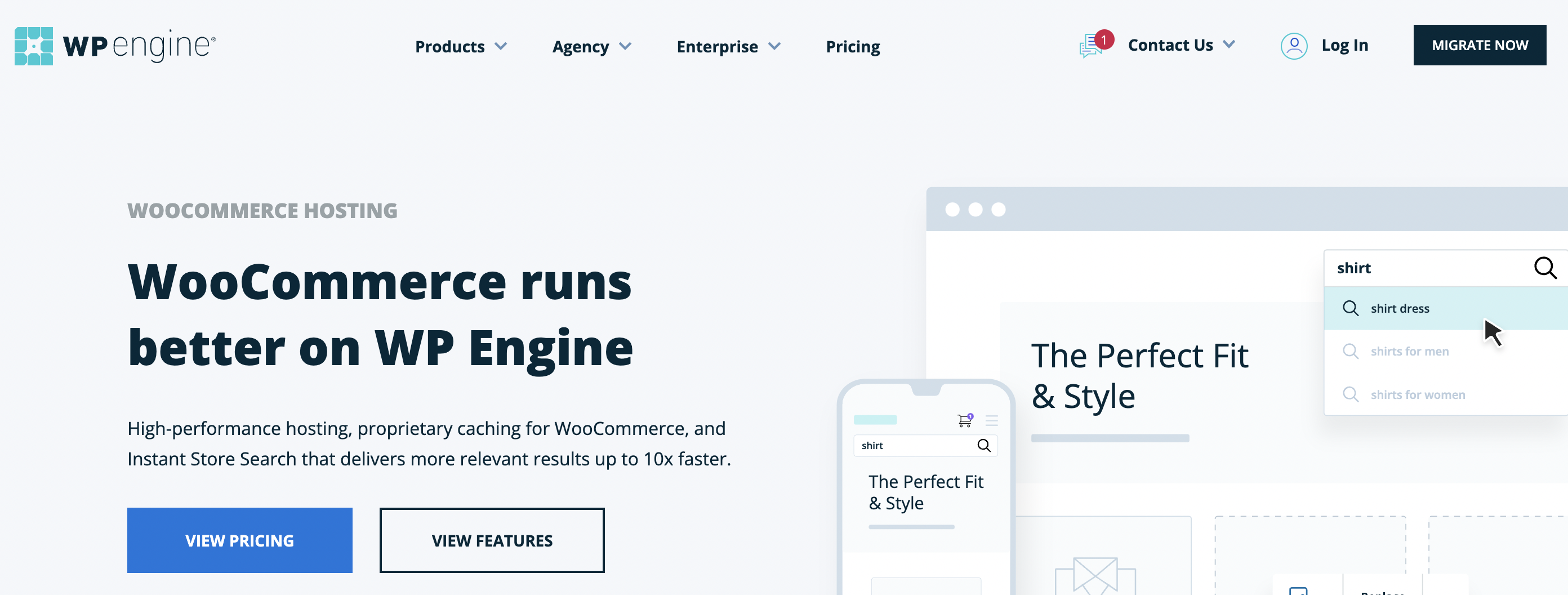
WooCommerce
WooCommerce offers high-performance hosting, as well as proprietary caching and allows you to create your dropshipping landing page and shopping experience that works with WordPress sites.
WordPress powers approximately 35% of the web, so it’s a solid platform to begin with.
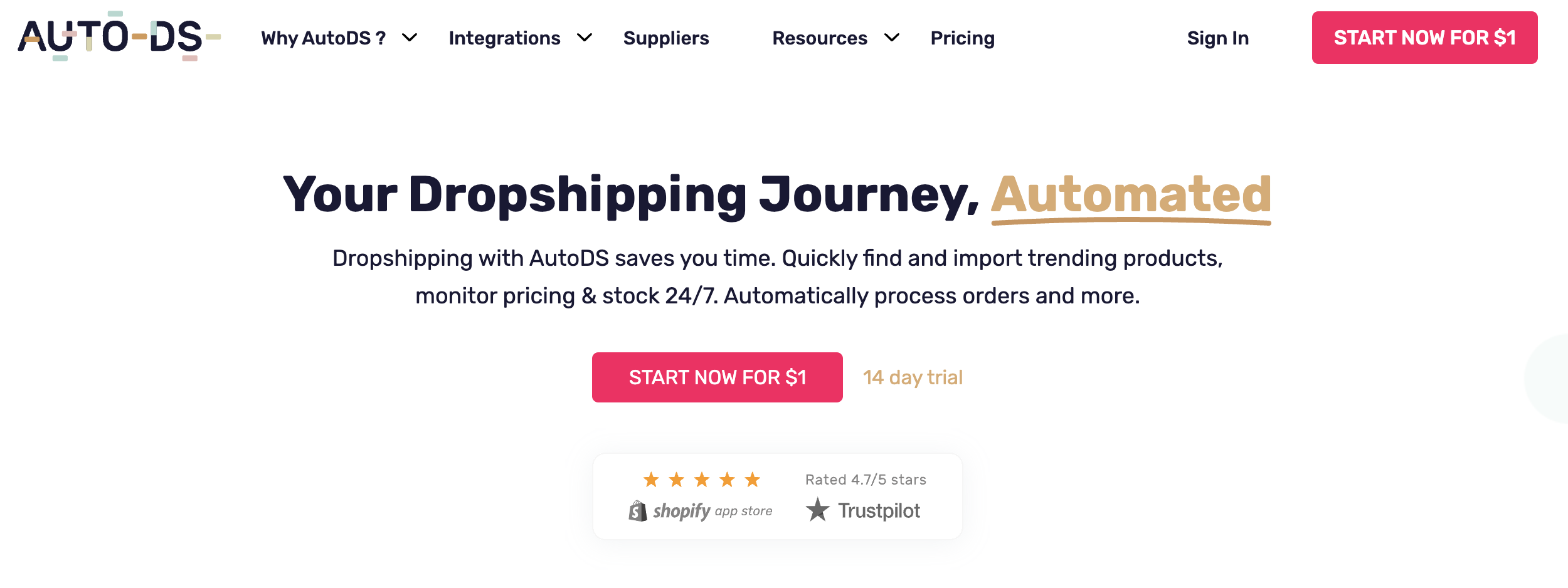
AutoDS
More of a do-it-all solution, AutoDS is a product research tool, an automatic order and tracking tool, a product importer, and an inventory management tool. It also works with both Shopify and eBay. With AutoDS, you can automate processes like stock monitoring, optimizing pricing, and updating tracking numbers.
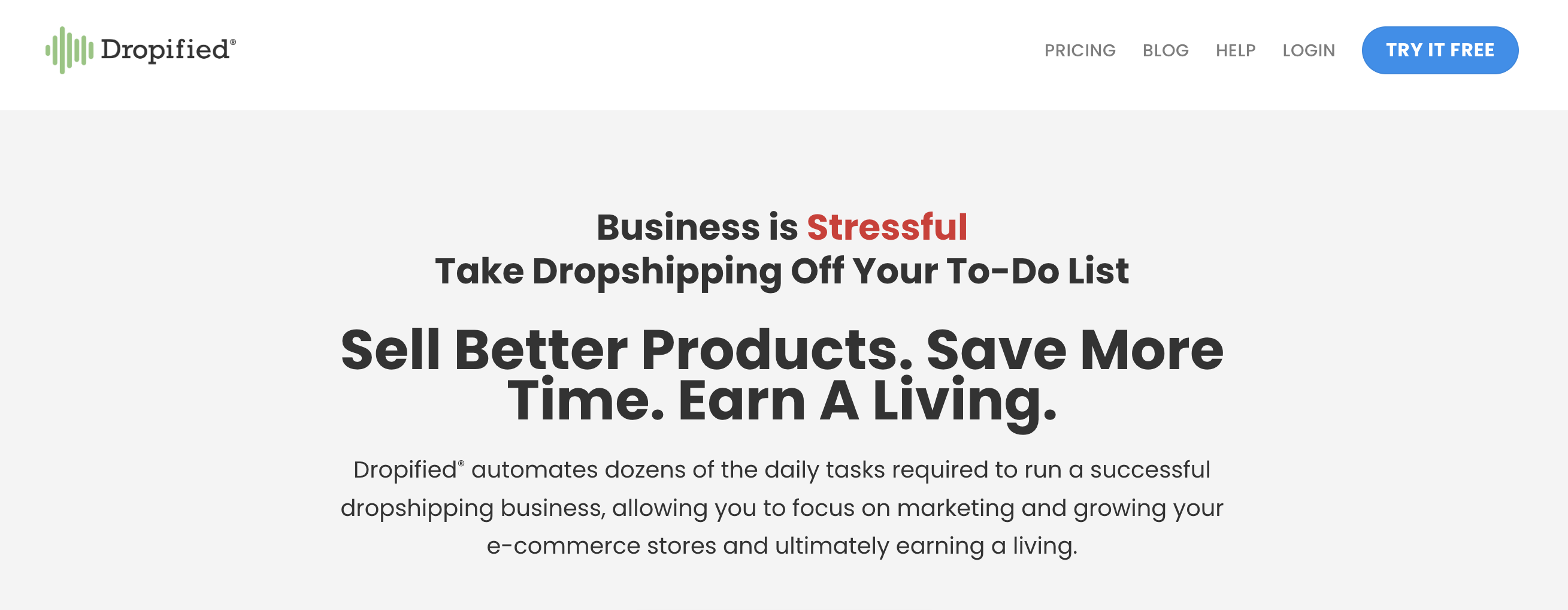
Dropified
Dropified says that it “automates dozens of the daily tasks required to run a successful dropshipping business, allowing you to focus on marketing and growing your ecommerce stores.” It also offers integrations for ecommerce platforms such as Shopify, BigCommerce, WooCommerce, GrooveKart, and CommerceHQ. Supplier and Order Processing Tools
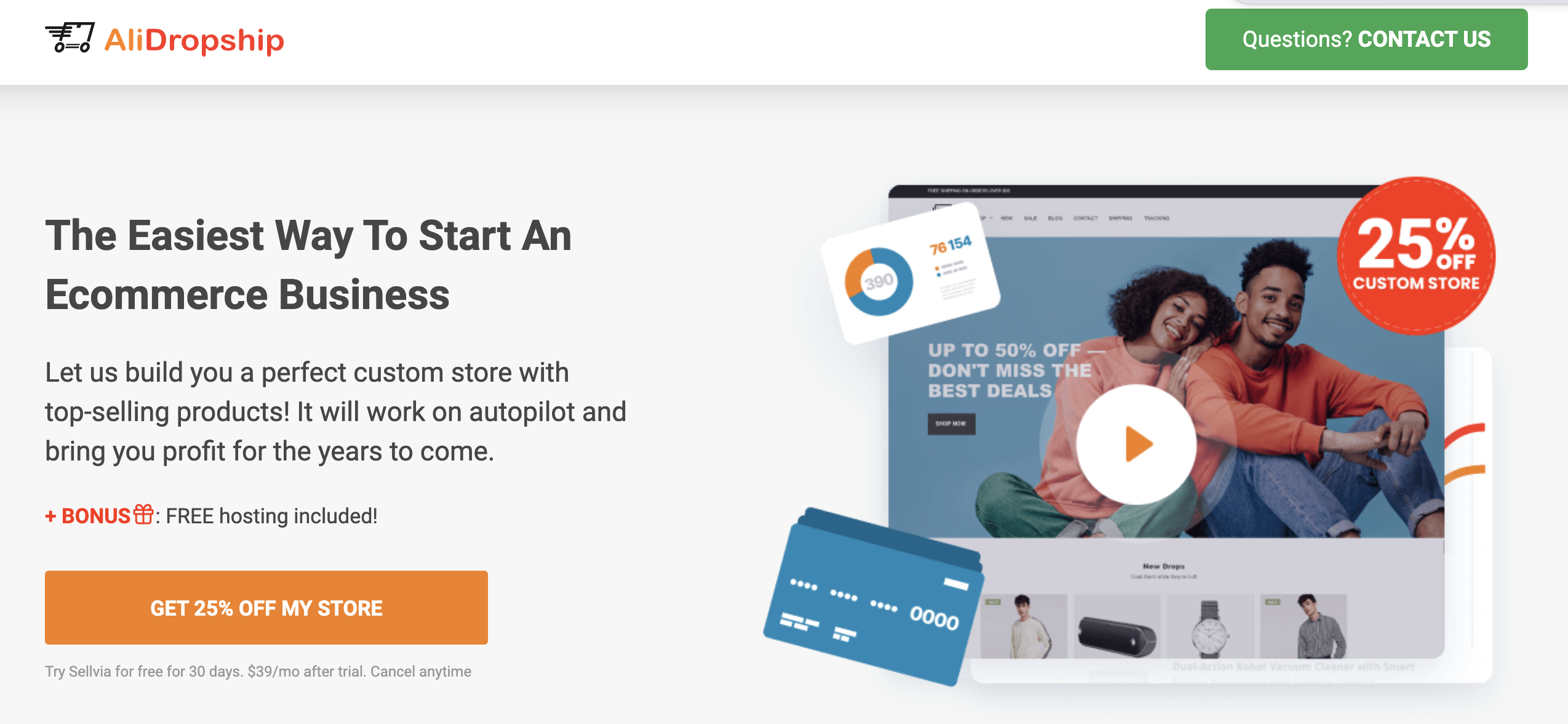
AliDropship
AliDropship offers effective automated solutions for profitable dropshipping business with AliExpress. AliDropship’s specialists have experience in software development, marketing, management – and dropshipping.
They tout their powerful WordPress based plugins as a tool that allows entrepreneurs to quickly launch their own webstore.
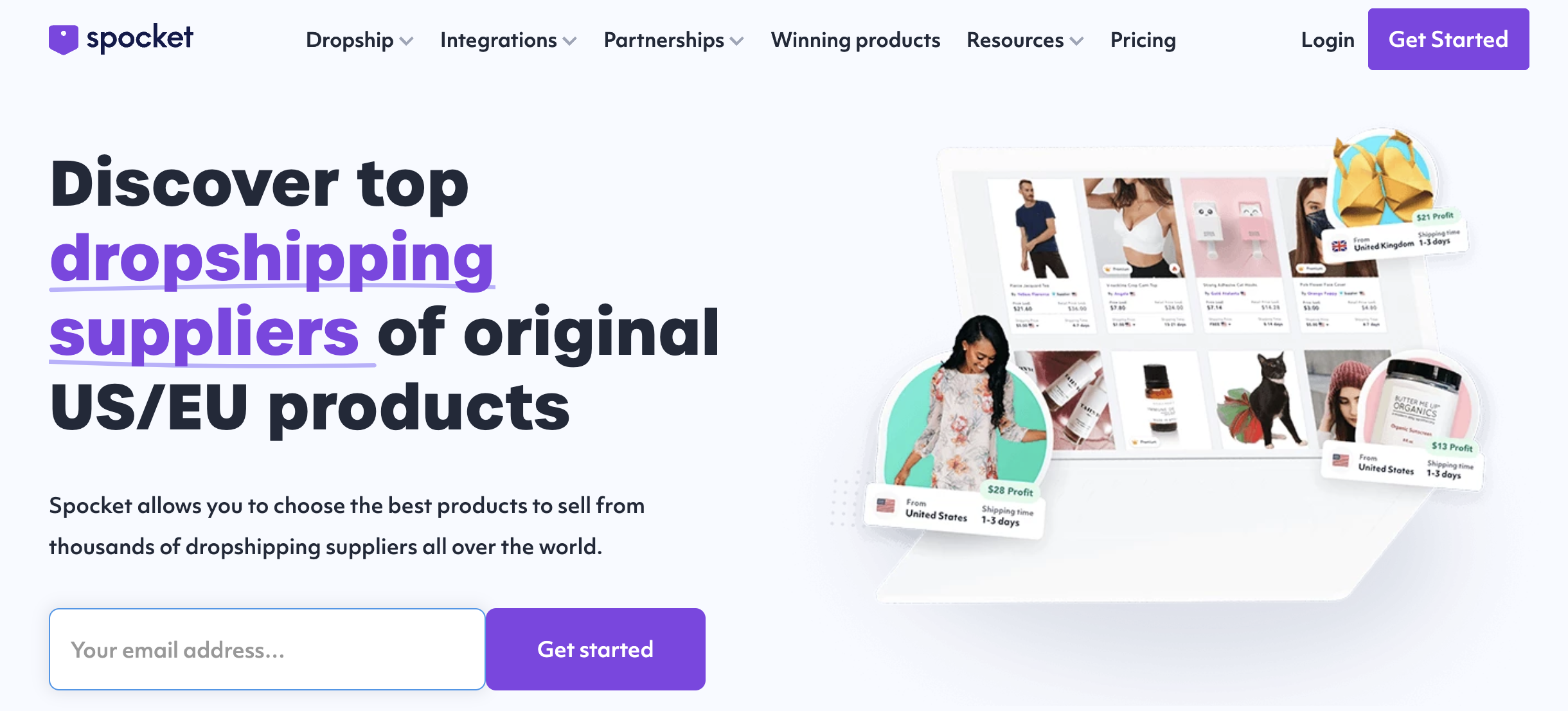
Spocket
Sprocket says that it, “allows you to choose the best products to sell from thousands of dropshipping suppliers all over the world.” Sprocket easily integrates with Shopify, WooCommerce, Wix, BigCommerce, and AliScraper.
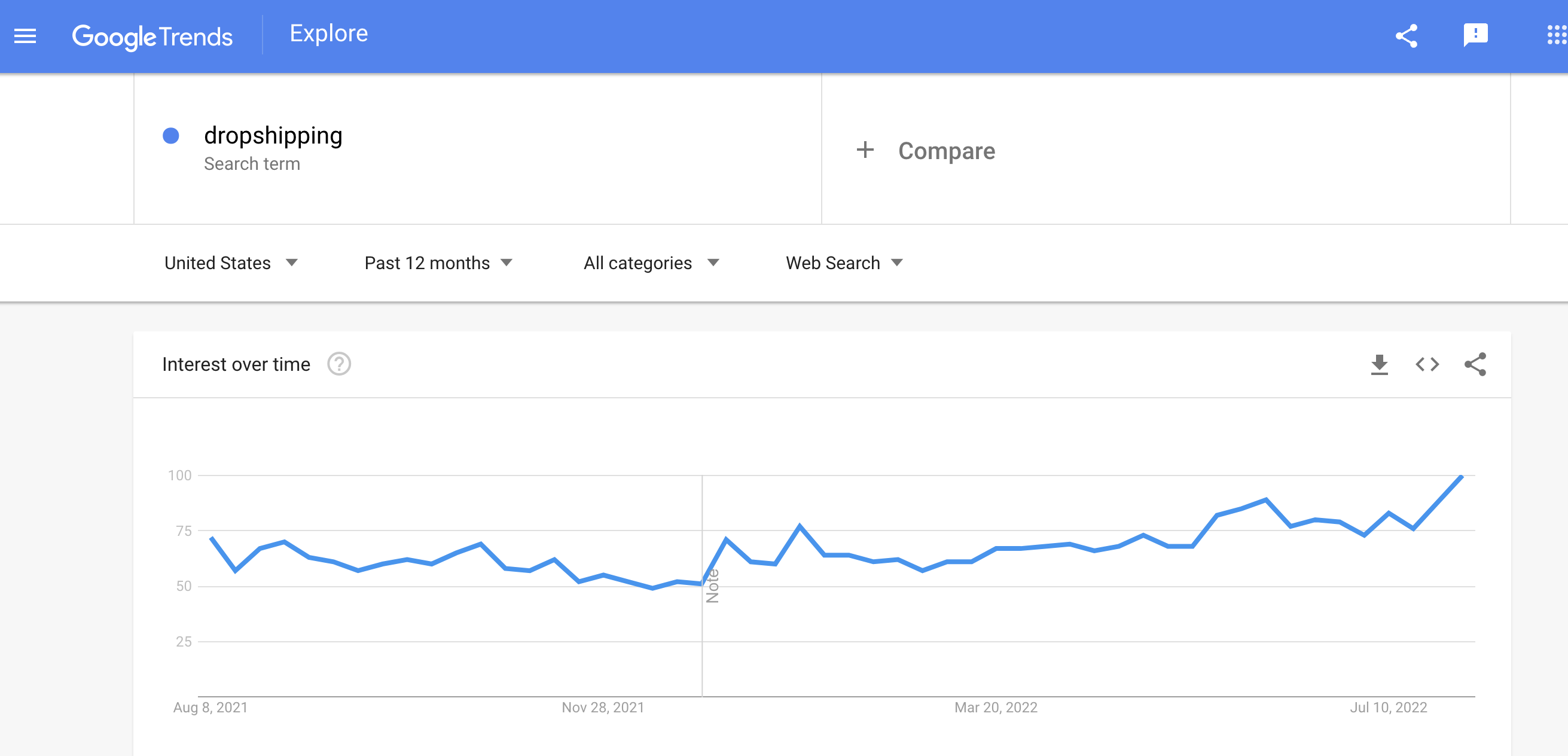
Google Trends
Google Trends takes advantage of the 5.6 billion searches that the industry-leading search engine processes each day. Not only will Google Trends help you with market research. It’ll give you a clear picture of the keywords and search terms searchers are using. You can turn around and use them with your advertising and listing optimization.

It also will show you related topics and search queries. You can often use these “suggestions” to broaden your research.
Sell The Trend
Sell the Trend says that it “uses predictive A.I. technology that gives detailed information on which products are selling now, and which are predicted to grow in demand.” It also offers one-click fulfillment. Want to locate your ideal customers? Their Facebook Interest Targeting tool might be just what you need.
Five Dropshipping Tips for Success
1. Be the Seller of Record
When dropshipping on Amazon, it is essential to be the seller of record. This means that you must own the products before the dropshipping supplier ships them to customers.
Be sure that you have an agreement with your supplier stating that they will identify you as the seller on all packaging, invoices, and other materials, while removing any information related to third-party dropshippers. Compliance with Amazon’s policies is crucial to avoid customer confusion and maintain a seamless experience.
2. Carefully Choose Products
When selecting products for dropshipping, it is important to consider items that are well-suited for this fulfillment method. Products that require customization, perishable goods, items needing special storage conditions, dangerous goods, and hazardous materials may not be ideal for dropshipping. Carefully evaluate product ideas to ensure you make informed decisions.
3. Request Proof of Authorization
To protect yourself as a seller, request proof of authorization from dropshipping suppliers. This includes letters of authorization from brands or manufacturers, invoices, and other purchase documentation.
Conduct thorough research on suppliers, including customer reviews and press coverage, to validate their credibility. If a supplier cannot provide the necessary documentation, consider exploring alternative vendors.
4. Plan Your Customer Service Strategy
Providing excellent customer service is crucial when utilizing dropshipping. Develop a comprehensive plan for handling customer inquiries, returns, exchanges, and refunds. Ensure that the dropshipper’s agreement includes provisions for processing customer returns in accordance with Amazon’s policies. Set up efficient systems for addressing customer questions and resolving issues, coordinating with the dropshipper when necessary.
5. Determine Margins for Profitability
Understand the costs associated with dropshipping, which can vary based on factors such as product types and suppliers. Request a complete list of costs and fees from potential vendors to ensure transparency and make informed decisions.
While there are no specific Amazon fees for dropshipping, take into account standard selling fees and any additional expenses related to optional Amazon services like FBA. Utilize sales estimators and revenue calculators to compare margins across different fulfillment methods, helping optimize profitability.
Canopy Management is Here to Help
What would adding 67% more organic sales mean for your brand?
Turns out that when you combine the massive experience of Canopy’s Amazon Experts with smart tools and tech, you get industry-leading results like this:
- 84% Average Year-Over-Year Profit Growth for Our Partners
- 2.7 Billion in Revenue Managed
- 99.1% Partner Retention Rate
Canopy Management is a full-service marketing agency for Amazon and Walmart sellers. Our team consists of former Amazonians, multi-million dollar sellers, and award-winning experts.
When you consider the many ways that Canopy Management can help you grow your business, you’ll see why selling on Amazon is much easier “under the Canopy.”
- Strategic Growth Planning
- Listing Copywriting Optimization
- Listing Photography
- Product Videography
- Advertising Management
- Customer Service
- Demand Side Platform (Amazon DSP)
- Amazon Posts
- Full Service Management
- Amazon Review Aggregation
